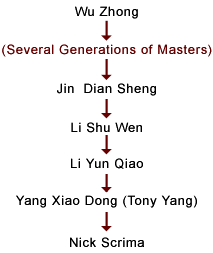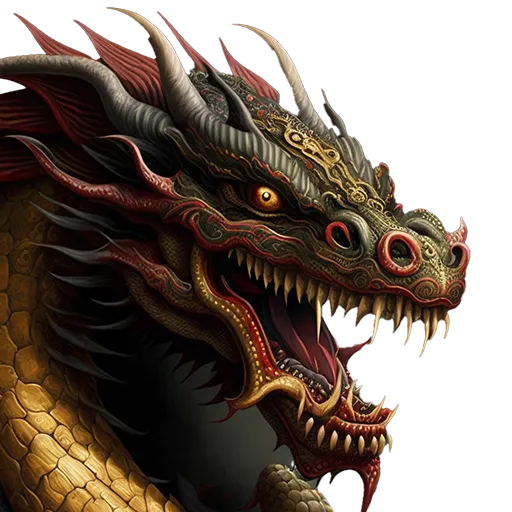Learn Bagua Zhang
The art of Bagua Zhang is also known as Baguazhang, Pa Kua Chang, and Eight Trigrams Palms. Its origins are obscure, and it is impossible to ascertain when or by whom the style was created. The first master to teach Bagua Zhang openly was the famed Dong Haichuan, who taught Bagua in the mid-1800s in Beijing.
The philosophical concepts of the art are derived from the Daoist theory of the Yi Jing, The Book of Changes. As with other Internal Styles of Chinese martial arts, Zhan Zhuang or Post Standing, is a prerequisite for training. Proper breathing while holding various fixed postures promotes the sinking of Qi, the Vital Energy, in the Dan Tien. Training progresses to Ding Shi Ba Zhang or Fixed Eight Palms, to develop dexterity and speed while walking in a circle, which is a distinguishing characteristic of Bagua. This method builds strong arms and legs and refines the Qi. As training becomes more advanced, a student will develop an understanding of basic Bagua theory and concepts.
The theory of change is instrumental in Bagua and is the basis for its fighting principles. Movements are constantly changing; winding, spinning, turning, rising and falling actions combined with lightning palm work while rapidly walking the circle and rapidly changing direction.
The progression of power development, Jin, in Bagua Zhang is the same as in the other Internal Styles and is distinguished by the saying “Xingyi Wei Cui, Taiji Wei Nian, Bagua Wei Qiao.” This means: Xingyi uses Crisp Power, Taiji uses Sticking Power, and Bagua uses Clever Power.
Bagua fighting strategy emphasizes circular movements and seamless attack-and-defense methods. The goal is to get around and behind the opponent and to use circular attacks to topple him. Once the arms cross and contact is made, the opponent has no space to move and no room to breathe.
We practice Yin Shi Bagua Zhang or Yin Style Bagua as taught by Master Tony Yang (Yang Shu-ton). We also teach Liang Shi Bagua Zhang (Liang Style Bagua) as taught by Master Di Guoyong.
Note: Bagua training is only available through private lessons.
Benefits of Bagua
Regular Bagua Zhang practice develops dexterity and quickness of movement. It uses circles and angles to neutralize and overcome an opponent. The benefits extend beyond the practical. The winding, twisting, and bending actions of Bagua cleanses and invigorates the internal organs, promoting the flow of Qi and clarifies the mind.
Lineage

